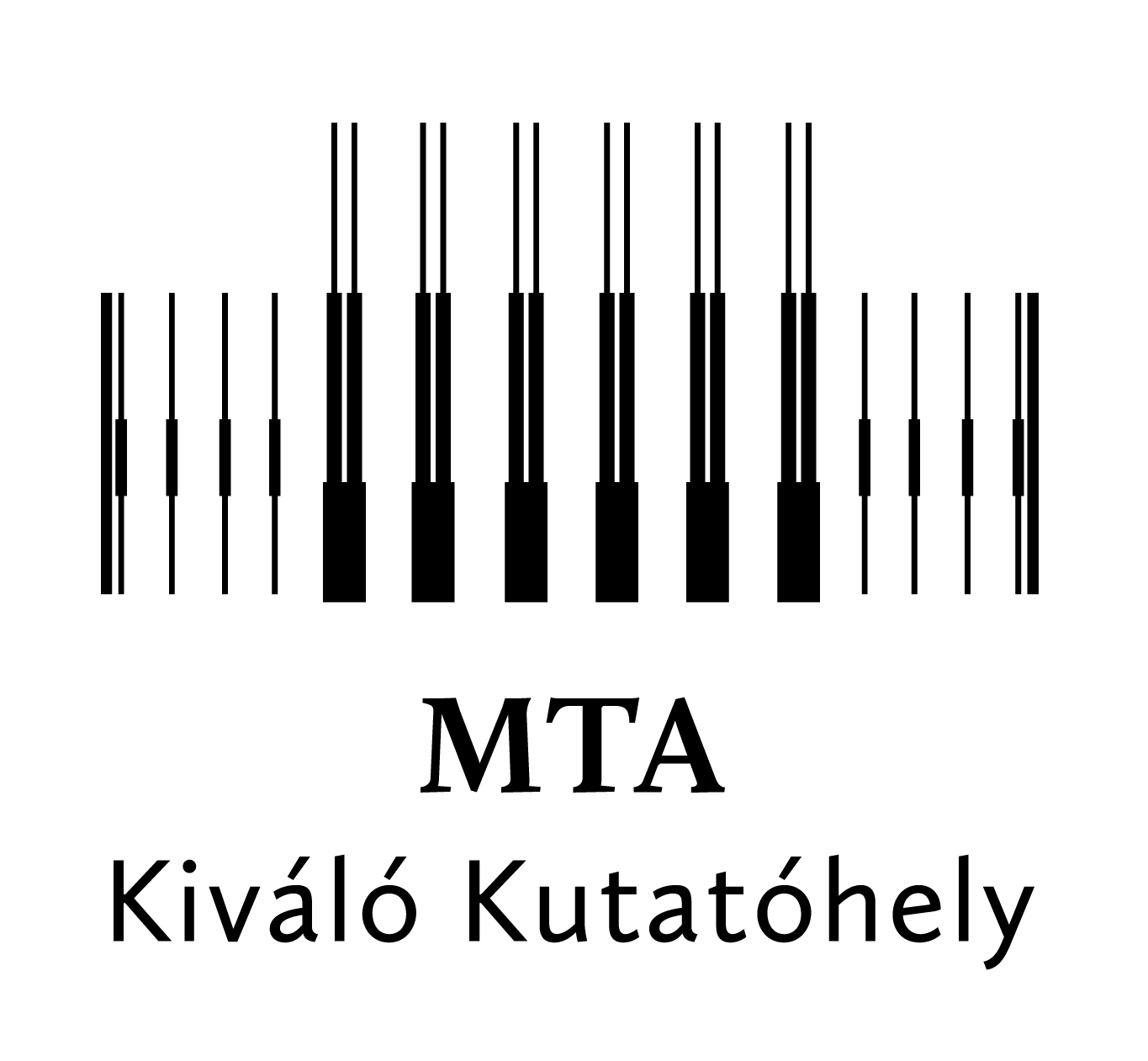About | Copyright © 2025 Budapest University of Technology and EconomicsBME
Why BME/VIK?
 The Budapest University of Technology and Economics (BME) is member of the Conference of European Schools for Advanced Engineering Education and Research (CESAEER) and is a leading institution in the Central European region in all fields of engineering sciences.
The Budapest University of Technology and Economics (BME) is member of the Conference of European Schools for Advanced Engineering Education and Research (CESAEER) and is a leading institution in the Central European region in all fields of engineering sciences.
Hungary – with a history of over 1100 years – is the member of the European Union and OECD. This provides foreign BME students, as students in the European Higher Education Area (EHEA), such opportunities that ensure the global recognition of their degrees in the framework of the credit system.
BME, with a current student headcount of 24,000, is the first technical higher education institution in the world to have the word "university" in its name.
The training framework underlining quality as well as the balance of exhaustive theoretical knowledge and up-to-date practical skills is not simply the continuation of the predecessors’ – Dennis Gabor, Eugene Wigner, Theodore von Kármán, Charles Simonyi – traditions, but an inspiration and a calling whereby all Hungarian and foreign students obtain a competitive degree recognised both in Western Europe and overseas.
The old campus of the University on the bank of the Danube is a World Heritage site, while the new site – named IQ Campus – creates a bridge and close relations between university departments and multinational companies in the electronic and IT sector.
The Faculty of Electrical Engineering and Informatics (VIK) of the University, being the catalyst of the University innovation and technology transfer processes, provides outstanding opportunities for obtaining practical skills from the very first year of academic training.
 We are proud to be one of the few university faculties in the world whose students can construct a small satellite for educational purposes, getting ready to meet the challenges of the new industry of the future: space technology.
We are proud to be one of the few university faculties in the world whose students can construct a small satellite for educational purposes, getting ready to meet the challenges of the new industry of the future: space technology.
Listen to the call sign of MaSat-1 (HA5MASAT) and the call of BME.
http://cubesat.bme.hu/en/radioamatoroknek/
About Budapest
Budapest is the capital city of Hungary, and as such, it is the country’s principal political, cultural, commercial, industrial, and transportation center. With less than 2 millions of its inhabitants it is the biggest city of the country. Half of the university students of the country study here, and similar ratio, half of the nation’s GDP is earned here. Researchers represent themselves even higher than 50% in Budapest.
It is a city of diversity where it is easy to find numerous marks of different historical eras. However, you will soon to discover that you are witnessing everywhere the rapid transformation of the capital in several respects.
There are countless historical and architectural treasures that will soon burn into your soul, the two major parts of the city separated by the ever-so-nice (sometimes blue) Danube river: Buda in the West and Pest in the East. Buda Castle (a world heritage site), Széchenyi Bath, the Parliament Building, the Opera House, and, for instance, Mathias Church in the medieval Castle.
There are also countless events in Budapest to see, and take part in: more than 200 museums, 40 theatres, festivals all the year round; about 80 thermal springs and bath.
Some of our famous Budapest-borns or Budapest-dwellers closely associated with our University. Among others think of
- Dénes Gábor, Budapest-born, BME graduate, inventor of holography, a Nobel Prize Laureate in 1971,
- Jenő Wigner, Budapest-born, BME graduate, physicist, a Nobel Prize Laureate in 1963, and
- György Oláh, Budapest-born, BME graduate, chemist, a Nobel Prize Laureate in 1994.
See more information about:
BME:
Budapest:
Hungary:




